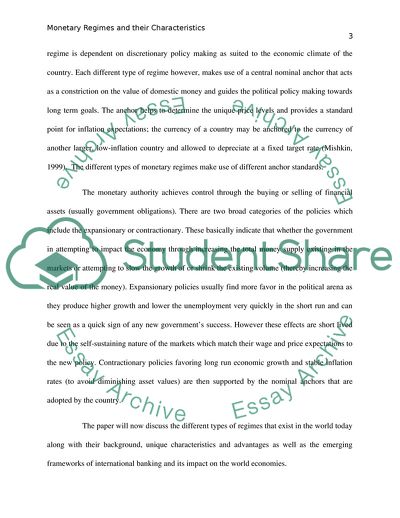Cite this document
(Monetary Regimes Term Paper Example | Topics and Well Written Essays - 3000 words, n.d.)
Monetary Regimes Term Paper Example | Topics and Well Written Essays - 3000 words. https://studentshare.org/finance-accounting/1837210-monetary-regimes
Monetary Regimes Term Paper Example | Topics and Well Written Essays - 3000 words. https://studentshare.org/finance-accounting/1837210-monetary-regimes
(Monetary Regimes Term Paper Example | Topics and Well Written Essays - 3000 Words)
Monetary Regimes Term Paper Example | Topics and Well Written Essays - 3000 Words. https://studentshare.org/finance-accounting/1837210-monetary-regimes.
Monetary Regimes Term Paper Example | Topics and Well Written Essays - 3000 Words. https://studentshare.org/finance-accounting/1837210-monetary-regimes.
“Monetary Regimes Term Paper Example | Topics and Well Written Essays - 3000 Words”. https://studentshare.org/finance-accounting/1837210-monetary-regimes.


